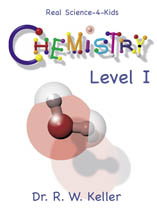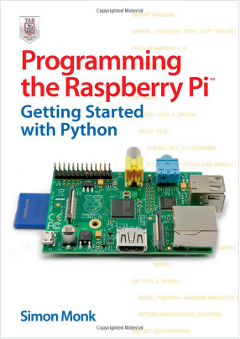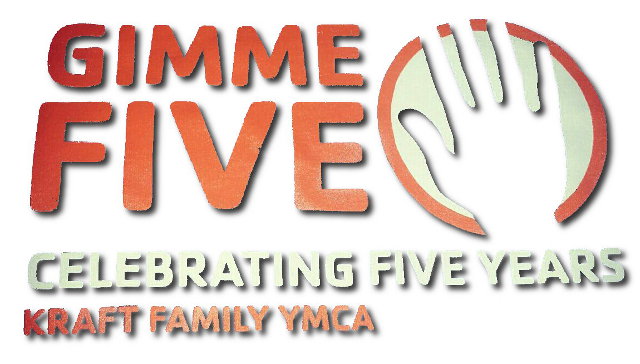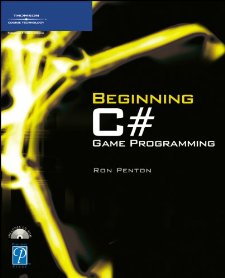Day 863 of 1000
Betty Blonde #29 – 08/26/2008
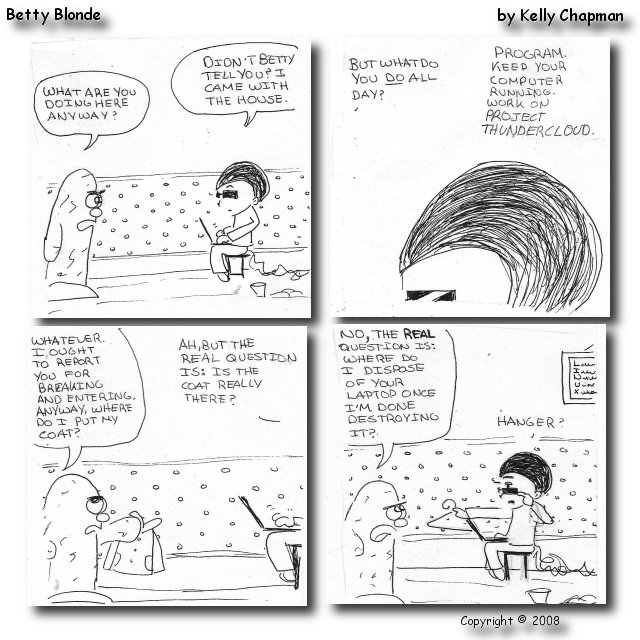
Click here or on the image to see full size strip.
There are only 137 days left in our 1000 day count. The idea of the count was to track the last days leading up to Kelly and Christian’s graduation from NCSU as the culmination of our second start at homeschooling in the Fall of 2004. We are still on track. The start of this blog coincided with that restart of our homeschool after a three year hiatus during which Kelly and Christian attend government schools in Oregon. The restart was for Kelly’s fifth grade and Christian’s third grade years. I thought I would take a few minutes on this New Year’s Day 2014 to reflect a little about our goals when we started homeschool and where we think we are relative to those very earliest ideas about what we thought we might accomplish.
What we thought we might be able to do when we started
I had a year of homeschool experience behind me when we started up again in 2004. I tried to put together my own homeschool schedule and curricula from scratch during that first pass. It was a great year and we accomplished a lot, but it was WAY to much work for a dad with a day job to accomplish well. I found that curriculum development, materials searches, and all those other things required to do a “from scratch” program was a bridge too far. So, for the second pass, I knew that my focus needed to be on teaching, correcting, planning, and the day to day operation rather than all the effort required to develop and deploy a curriculum for each kid on my own, too.
How did we set our goals?
We set some long term goals very early in the process. I would like to say that it was on purpose, but it really was not. It was an outgrowth of how we did our homeschool planning. We based our homeschool program around the yearly plans provided by Sonlight with the normal customizations most homeschool families make to meet the unique needs of their children. I worked from the Sonlight materials to plan one or two weeks at a time. It usually took me an hour or two on a weekend to figure out what I wanted the kids to do for each week. It was a thoroughly enjoyable experience and I involved the kids in the process.
From the very beginning, I liked to look ahead at the programs for future years. It dawned on me pretty early in the first year that, if we followed the plan, the kids would not have to be rocket scientists to start college a couple of years early. That became our goal. We wanted the kids to start a hard degree at a community college after their sophomore year in high school. The degree had to be a hard degree in something like math, statistics, engineering, or physics because that would give them a better chance at getting a good job. We wanted them to start at a community college so they could stay at home and pay low tuition. We wanted them to go to a Big State University after the finished community college for the same reasons.
How did we stay on track?
The amazing thing is that we did almost nothing to stay on track other than follow those Sonlight based curriculum guides. We added ideas of our own, and then we just arrived. The few things we added, like the use of CLEP preparation and testing I have written about so much in this blog pushed us even further ahead. We signed Kelly up to start at our local community college after her sophomore year and through a fun and interesting, but hectic set of events, signed Christian up at the same time so he ended up completely skipping high school rather than just skipping the last two years. I guess the best advice I have on this is to make a reasonable plan and stick to it.
So where are we now?
Kelly and Christian are both on track to graduate from NCSU this Spring with degrees in Statistics and Applied Mathematics (respectively). We do not have any illusion that any of us are geniuses, but they have both been on the Dean’s list every semester for which they have been eligible. Both have applied to graduate schools on the West Coast. We are not sure they will get in, but they will certainly be prepared to enter the workforce. It was the plan and sticking to it that got them where they are.






 I received mixed reviews from my family on my
I received mixed reviews from my family on my  Kelly came back from her internship at the Johns Hopkins University-Applied Physics Laboratory just in time for a visit from the Larsons. They are dear homeschooling friends from Texas. Age-wise, the twin boys fall right between Christian and Kelly. That have gotten along famously since late elementary school. We spent a great weekend with them visiting the NCSU Hill Library and the North Carolina Museum or Art, playing games, talking, playing music, going to church, and generally just hanging out together. The Larson’s are great musicians–voice, violin/fiddle, accordian, piano–really they are amazing.
Kelly came back from her internship at the Johns Hopkins University-Applied Physics Laboratory just in time for a visit from the Larsons. They are dear homeschooling friends from Texas. Age-wise, the twin boys fall right between Christian and Kelly. That have gotten along famously since late elementary school. We spent a great weekend with them visiting the NCSU Hill Library and the North Carolina Museum or Art, playing games, talking, playing music, going to church, and generally just hanging out together. The Larson’s are great musicians–voice, violin/fiddle, accordian, piano–really they are amazing.

